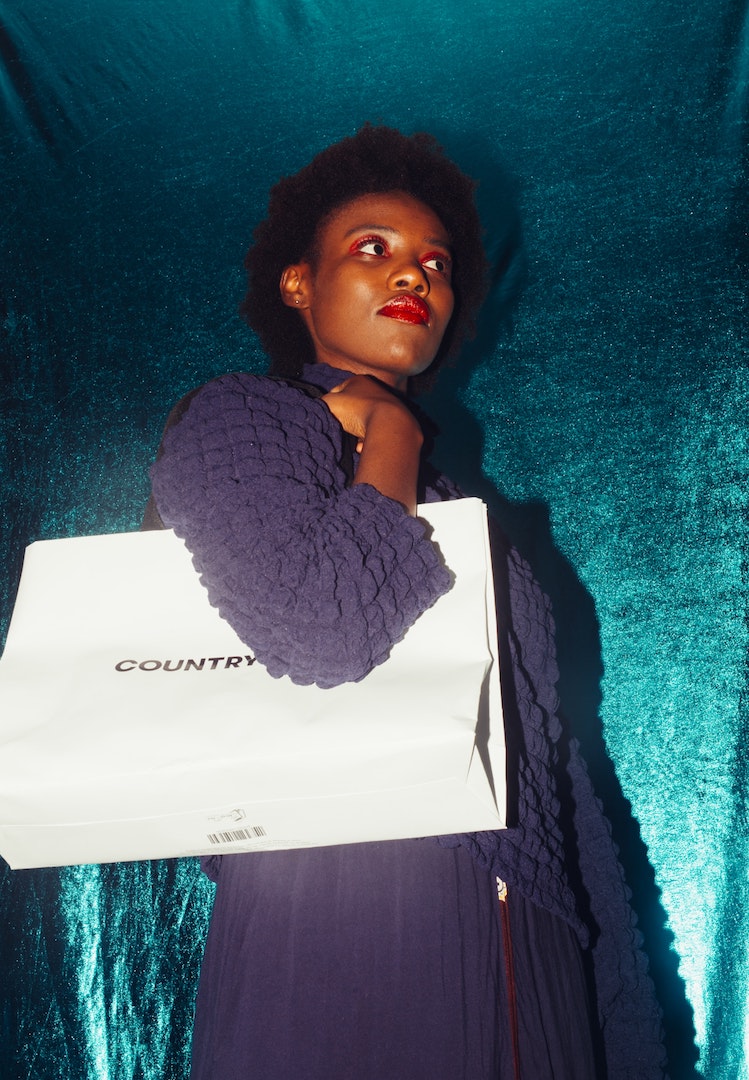I tried the cash-stuffing hack for a week to see if it would help my budgeting
WORDS BY SHAEDEN BERRY
“If I couldn’t be bothered dealing with the two minutes of slight awkwardness of paying cash, did I really want the item in the first place?”
It’s time to come clean. Sometimes, I think of cash – as in the cold, hard variety – as ‘fake money.’ Over many years of obsessively checking my bank balance online to watch the numbers tick up and down, money became only tangible when I could see the digits on my phone, laptop, or even the ATM screen.
A ten-dollar note in my purse? Free money, obviously – because when I spend it, my bank balance will remain comfortingly the same. This is why the recent TikTok-viral trend, ‘cash stuffing’, appealed to me.
Looking for more thought-provoking reads? Try our Life section.
Budgeting has never been my strong suit, and the time and effort it would take to set up different bank accounts for different budgets (as every financial advisor seems to recommend) has always seemed out of reach. But withdrawing cash and putting it in envelopes? Sure, I could do that! And maybe it would help me to see cash for its real value in the process.
To break it down, ‘cash stuffing’ refers to just what I’ve described – withdrawing your pay in cash and allocating set amounts to particular envelopes. This might include your rent for the week or month, your groceries, money for social events, etc.
The amount in the envelope is the only money you can spend towards that particular budget category. Basically, it’s another way to keep track of your spending and pinpoint where all your hard-earned dollars might be leaking.
Did cash stuffing work for me?
First and foremost, it was, in some ways, quite impossible to be entirely cash-only. My rent, for instance, is paid via bank transfer, and so are all of my bills. So in the interest of full transparency, the only money I withdrew was for groceries, petrol and ‘fun’ – for example, the coffee I get at work each day and other little treats.
Secondly, trying to pay cash outside of the self-service checkouts (a literal godsend this past week) made me feel conspicuously awkward and very annoying to every cashier I met. So in a way, I definitely spent less money, purely because I didn’t want the hassle.
@nissa_rae Australian Cash Stuffing. Fortnightly. April paycheque: 1 (yes I know it says ‘dept’ instead of debt) 🌻 #cashstuffing #cashstuffingenvelopes #australiacashstuffing #fyp #foryou #budget #debtfreecommunity ♬ death bed (coffee for your head) – Powfu & beabadoobee
This raised an interesting point in my spending. If I couldn’t be bothered dealing with the two minutes of awkwardness when paying cash, did I really want the item in the first place?
Cash stuffing made me more conscious of what I was spending, and seeing the actual notes in the envelopes decrease created a hyper-awareness about how much I had left for the week. It certainly had me reconsidering many of my impulse purchases.
Is cash stuffing a long-term budgeting solution?
I spoke to Lacey Filpich, author, financial educator and Co-Founder of Money School, about whether the cash-stuffing trend is worth trying long-term. “Any routine that helps you understand where your money is going and helps you save… is beneficial. Whether it’s an automated system of online transfers or envelopes of hard cash, if it works for you – go for it!” she said.
“Cash stuffing has an advantage for people who like tangible things, who perhaps find bank balances obscure or hard to track.” However, Lacey said there are risks involved with cash stuffing. “Firstly, physical money is easier to lose, by accident or if it’s stolen.
“Then there’s the interest you’re missing out on versus cash in the bank. Whether its interest earned on savings or interest offset on a mortgage, saved money… is best kept in the bank so it works for you, earning more money.”
As an alternative to physical cash, Lacey suggested a paper-based tracking version instead. “A simple bar or line chart means you still think about the money as you place a dot or colour in a bar, but you’re not missing out on interest or worrying about losing the cash,” she said.
“You could even use Monopoly money to mimic cash stuffing and make each transaction in duplicate – once with your card, once with your Monopoly money.” Carrying around literal fake money in the place of cash?
While I’m unsure whether this will help with my conviction that cash isn’t ‘real money’, it definitely feels like a fun alternative to struggling with coins at the café counter. As to whether I’d continue my cash-stuffing adventure?
I can’t deny the allure of the highly aesthetic and adorable cash-stuffing envelopes that have burst onto the market – because capitalism must partake in everything, including budgeting – I think this is an exercise that’s good in short bursts. In my opinion, it works best as a course correct to help get back into a financially savvy headspace.
Now when I go to make an impulse purchase, I ask myself ‘Would I be willing to endure sighing people behind me in the line while I fumble with notes to buy this?’ If the answer is no, I know it’s time to walk away.
For more on cash stuffing, head here.










